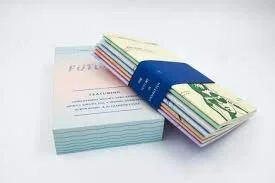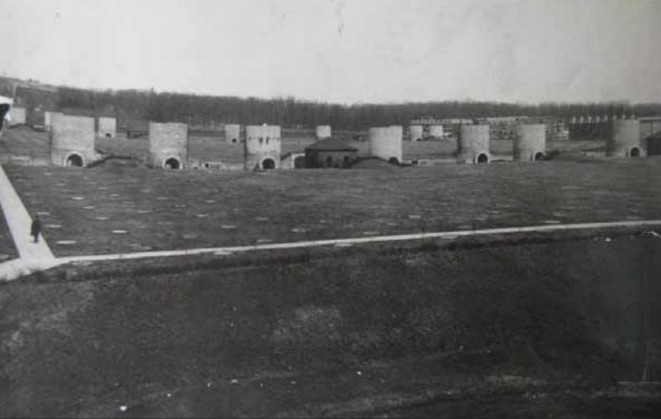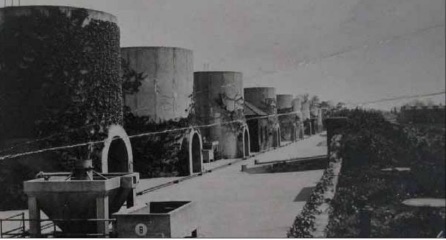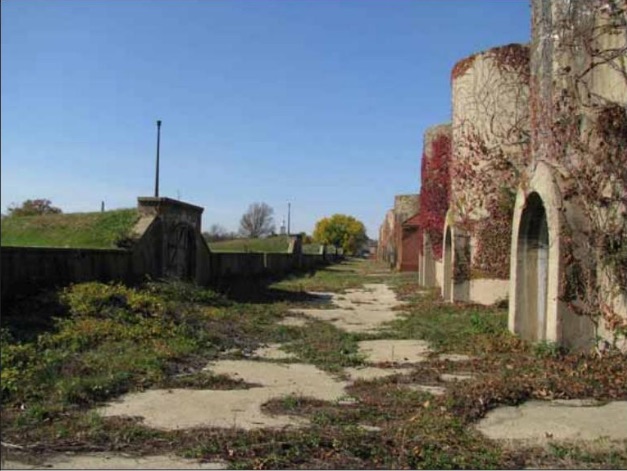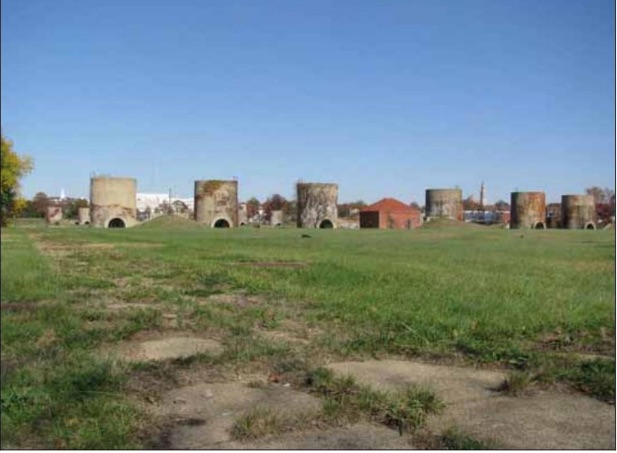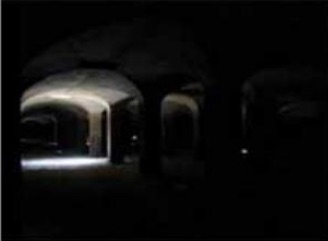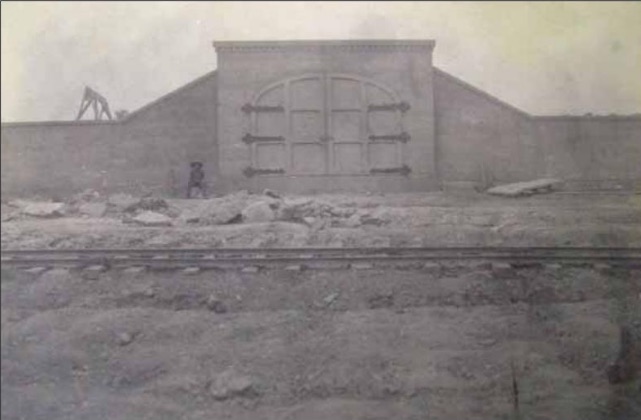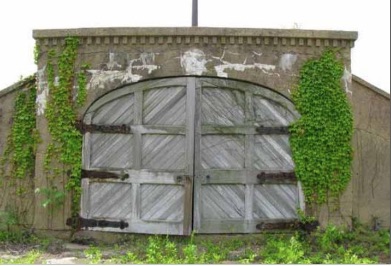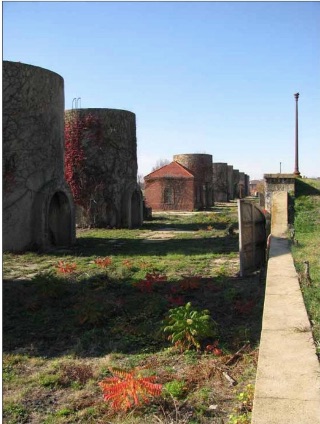Building off of last post where I showed you my notebook, this post will discuss the actual process of writing Never Saw Me Coming. This might be interesting for curious readers or may be informative to other writers. Everyone has a different process, so take with a grain of salt—there is no “right” way. There is no magical thing if you just do it, you will finish your book and it will be great and you will get a huge book deal. There are people who take 10 years to write a book, and people who take 10 weeks. There are various recommended processes and programs and books about writing, but ultimately, you have to do what works for you.
I don’t think of writing as a grueling process, which some writers make it out to be. Working at a chicken processing plant, an Amazon warehouse, or as a doctor or nurse right now in COVID is grueling. Maybe it’s because I don’t do autofiction, but writing has never felt like I was tearing out a piece of myself, or processing my trauma. For me it was always fun, even the more difficult parts like revising feel like solving a puzzle. That doesn’t mean that related aspects of the business of writing weren’t hard— getting an agent was emotionally difficult, watching other people succeed when I felt like I was failing was difficult (but not like chicken processing plant difficult).
I am a weird mixture of crazy efficient, lazy, and practical. When I have a project to get done and it is clearly delineated, I will go after it having lots of “flow” moments, losing track of time, and get it done. When I’m not actively working on a project (ie, I’ve just finished a book) I often spend months at a time watching mind-numbingly stupid TV, listening to podcasts, and generally dicking around. It’s all or nothing for me. And that’s fine.
I have a career, which I don’t intend to give up, and writing will continue to be my hobby. So when I wrote this book, I was working about 40 hours a week, sometimes a smidge more. But I have very, very strong boundaries between different things. If I am doing career stuff, I am not on social media poking around book-related stuff. If I am with my friends, I am not checking my phone. It is entirely possible to write a novel and have a full time job. And you don’t have to wake up at 5 in the morning to have the time. You don’t have to stay up till 3 am. You don’t have to kill yourself to be an artist. I wrote the first draft of this novel very quickly (about six weeks) and this typically involved writing for about an hour after dinner but before I went to the gym, and maybe writing 1-4 hours on the weekend. I guess I’m being very specific about saying this because I want to point out that 1) you don’t need a special “thing” to write- like an MFA or a computer program or something 2) you don’t need enormous blocks of time 3) you don’t need a special place, like a writing cabin in the woods away from everything else 4) you don’t need a mentor, guru, or person to hold you accountable because you could just hold yourself accountable.
I will say that the two things you do need are 1) efficiency and 2) a map.
I’ve met a lot of writers who say they can’t write unless they have a big block of time- like 3 or 4 hours. It’s my belief that this is a “won’t” and not a “can’t.” You’ve convinced yourself that you can only write under these specific conditions.. but you made those conditions, so you can change them. If you need a big block of time and don’t have one, then you’re not going to write, or you’re going to learn to write with smaller blocks of time. Can’t write while the kids are screaming? Then learn to write while the kids are screaming or get noise cancelling headphones or introduce the kids to colorful, sparkly bits of yarn. There is no magical formula thing, you just have to sit your ass in a chair. And I had, max, about an hour at a time on weekdays, because I had work, a dog to take care of, meals to cook, gym to go to, friends to see—only an hour. So pragmatically speaking, with only an hour to spare, was I going to spend it dicking around? There’s a time and a place for day dreaming, for researching about agents or publishers, poking around literary gossip, but that time was not when I was sitting down to write.
Maybe you’ve heard of “pantsers” vs “plotters.” ie, people who make up where they’re going as they go along vs people who outline. I am in the latter camp and I will die on this hill. Pantsers always seem to have more severe rewrites and I don’t have time for that. Imagine an architect who just sort of.. builds whatever he feels, whenever he feels it, and then goes back to fix it later lamenting about how much work it is. I don’t think its an efficient use of one’s time, nor do I feel that outlining in anyway holds back my creativity. By the time I’ve outlined something, I’ve spent a lot of time working over the plot in my head, and my subconscious has been mulling over things for even longer than that. I do some plotting exercises before I even get to the outlining stage. This doesn’t mean that the outline is never shifted or significantly altered. Or that it’s even entirely complete. Sometimes I have A B C D F G K L and I sort of fill in the blanks as I go or after the fact. Or I know I need to get to L and I have to figure out how. Now I tend to write more in order because I’m working on two books, still work full time, am starting to have to do various publicity things for NSMC as pub date approaches, and spend approximately 20% of my day washing my hands. So now I work from more detailed outlines.
I really like this. It’s the difference between being hungry and opening the fridge to see raw chicken, yogurt, and celery, and being hungry and having a box that has all the ingredients you need and detailed instructions on what to do with them. (is this an ad for Hello Fresh?) In this case, having a detailed plot outline is like having a sous chef (past me) who’s prepared everything for current-me and all I have to do is provide the labor. Perhaps I’m missing some inherent value in pantsing! But I will say that once you move away from the “I could take as long as I want to write my first novel” into territory that has more strict deadlines and others depending on you, I highly recommend the more structured way of doing it.




